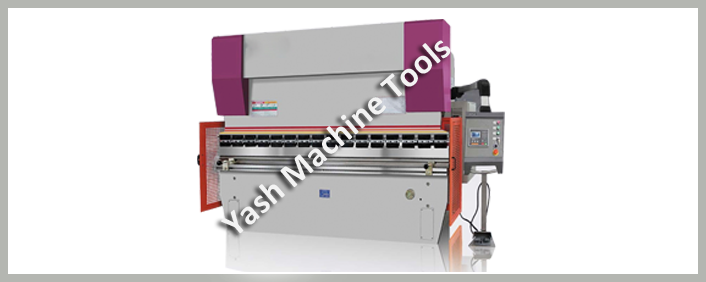How to Operate and Maintain a CNC Press Brake Machine?
Whether you are a seasoned CNC Press Brake Machine operator or just getting started in the industry, you’ll need to learn how to operate and maintain your machine. Below are some tips that will help you along the way.
What is the Mechanical Synchronisation Mechanism of a CNC Press Brake Machine?
Regardless of the model you choose, a CNC press brake machine can produce a variety of metal sheets with different angles. This type of machine is also known for its high bending accuracy. It features an electro-hydraulic servo system that reduces labour intensity. It also has a high repeat positioning accuracy.
The back gauge is a common tool used to accurately position metal. It can also be programmed to move between bends.
During bending, the back gauge will determine the distance between the edge of the material and the centre of the die. This information will be used to determine how much force is needed to bend a piece of metal.
During bending, a burr or oxide layer will form on the edges. This can cause cracks in the material. This layer will also be produced on corners. This is one of the reasons why a CNC press brake machine has a back gauge.
What is the Use of Pedal Switch in CNC Press Brake Machine?
Pedal switch for CNC press brake machine is the most effective and convenient solution for press brake machine operation. It offers perfect solution for machine operation and also increases the efficiency and safety.
Press brake foot switches are also available for the safety and convenience of the machine operator. They can be used as the primary activation levers or with other activation levers. This helps in preventing accidental engagement of machinery.
The foot rest is near the pedal to reduce the pressure on the foot. A foot pedal with emergency stop is also recommended for safe operation.
Press brake foot switches can also be integrated with a wireless safety solution to improve safety and ergonomics. These solutions can be integrated with the existing foot pedal design or can be built into a new design.
Automatic Feeders for CNC Press Brake Machine
Using automatic feeders for CNC press brake machine can help you ensure the safety of your products. Automatic feeders can help you reduce unload/load times and increase machine capacity. You can also save time and money by keeping your equipment in good condition.
The main components of a hydraulic bending machine are the base, pressure plate, and the hydraulic device. The base is composed of a frame, which supports all components on the machine. The pressure plate is installed on the base and is equipped with a mold cushion. The backing plate is attached to the base through a hinge.
The hydraulic device includes the ram. It presses the workpiece onto the workbench. It is also part of the upper dies. The ram is driven by the hydraulic press brake. The operator checks the first component before processing the program.
The control panel of a CNC hydraulic press brake is designed to direct the user through the stage-wise process of bending. The controller also displays options relevant to the manufacturing process. The ram presses the sheet metal to a certain shape. It completes the bending process according to the data set.
What is Deflection in Press Brake Machine?
Deflection is a challenge for operators of press brakes. Deflection is caused by pressure that distorts the shape of the material. It is necessary to compensate for the deflection so that the angle of the bend matches up. The deflection is usually related to the type of material being bent.
In order to compensate for deflection, there are two main compensation methods. These methods are mechanical and hydraulic. The hydraulic method uses hydraulic cylinders in the machine bed. This method is a bit complicated and has some disadvantages.
The mechanical method is a bit easier to control and provides absolute repeatability. It uses return signals as a numerical control axis to control the positioning of the crowning wedges. The wedges are protruding oblique wedges with inclined surfaces.
These wedges are usually adjusted by skilled operators. They are adjusted in increasing increments of hundredths of mm. Usually, the order of the wedges is the same. They are adjusted in order to force the press brake table upward in a decreasing curve from the centre to the edges.
In Conclusion
A must-have machine in every production process, CNC press brakes are great for bending metal sheet to a predefined shape using a significant hydraulic force. An ultra-high clarity, high-speed compact bending technology that provides the ultimate in bending management and consistency.
- How Lathe Machine Manufacturers are Powering the Nation’s Engineering Growth in Canada?
- How Chamfer Machines Are Streamlining Metalwork in the UK’s Manufacturing Sector?
- How Feed Rate Adjustments Improve Surface Finish in Vertical CNC Milling Machines?
- How Radial Drilling Machines Achieve Low Vibration and Distortion Resistance?
- From Design to Execution: How CNC Press Brakes Ensure Seamless Workflow
- How to Optimize Sheet Metal Operations Using a Hydraulic Press Brake?



